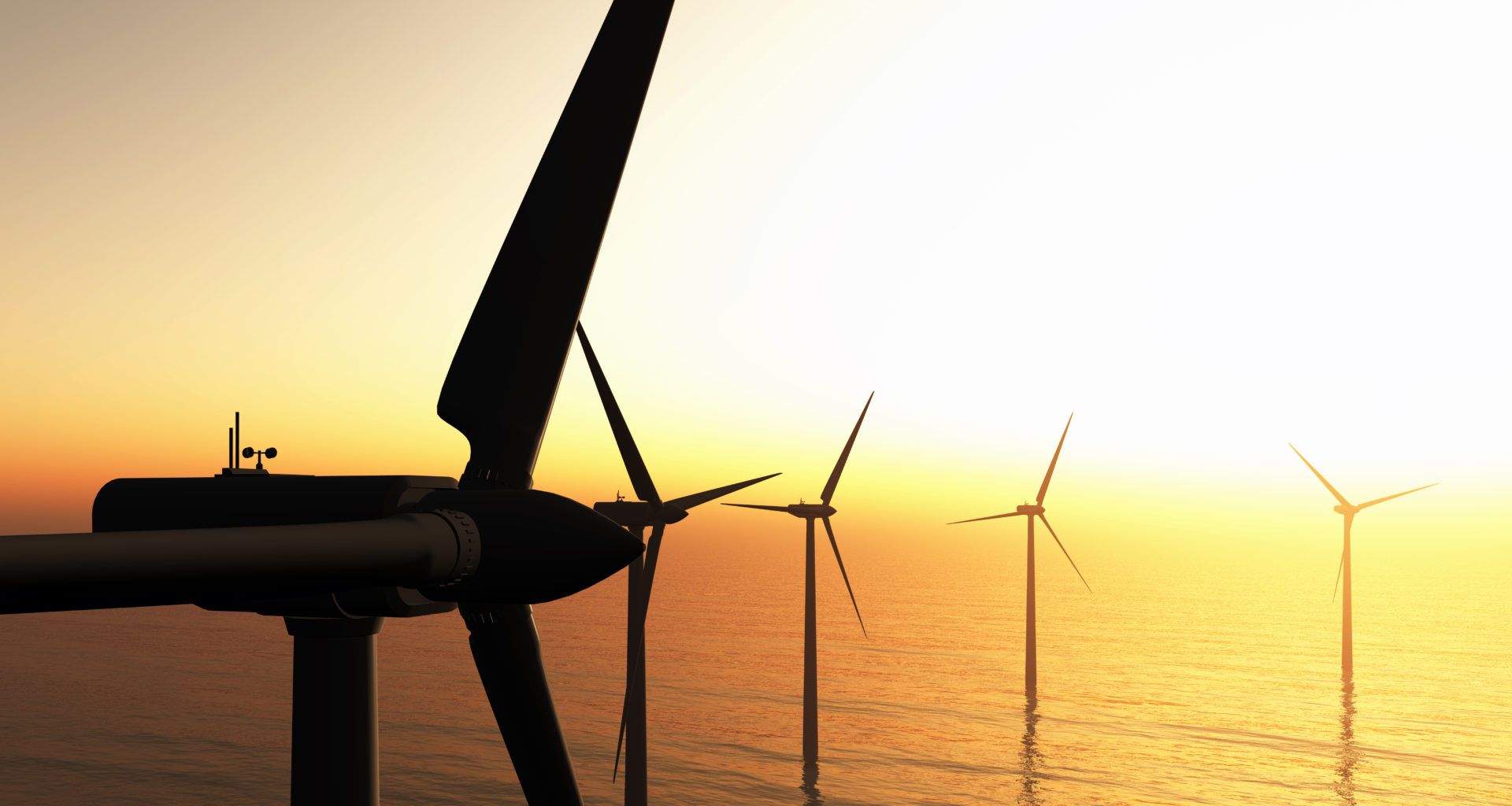
Harnessing the power of the marine environment to generate electricity through offshore wind farms, marine solar parks, wave and tidal devices could make an extremely important contribution to UK’s target of reaching net zero emissions by 2050 and will help combat the effects of climate change.
However, even ‘clean’ energy sources can have significant unintended impacts on the environment. A truly sustainable green and blue energy transition must therefore be carefully planned and managed so that it does not come at an unacceptable cost to nature.
To manage risks, marine renewable expansions must account for biodiversity and the impacts on the wider environment at national or regional scales. Policies that require construction development projects to ensure no net loss (NNL) of biodiversity are becoming common globally. Momentum is increasing to extend this concept to one of net gain, including for the marine environment. Net gain may be achieved through improvements to environment in-situ, or alternatively by enhancing biodiversity elsewhere (i.e., offsetting).
This by no means an easy challenge.
“Offshore wind capacity in UK waters is expected to grow four-fold by 2030 (and potentially ten-fold by 2050), with tidal stream technologies also expected to expand extensively at key tidal sites across all regions of the UK” – Energy white paper: Powering our net zero future
The recent rapid upscaling of UK offshore wind, tidal and wave renewable development means our understanding of the biodiversity impacts is often lagging behind. Careful siting through early project planning, combined with on-site mitigation, can often eliminate the need for biodiversity offsets. However, offsets may be required where projects have unanticipated impacts, or predicted impacts that cannot be fully addressed. Considerable information gaps remain, across technology types and species groups, and for both impacts and the effectiveness of mitigation. For example, for migratory birds, the most effective interventions may be at breeding or wintering grounds that are far from the project site, making it challenging to secure offsets and gain support from local project stakeholders.
“Deployment of floating solar installations and floating offshore wind turbines is advancing, with the UK government committed to installing 1 GW of floating wind by 2030” – Energy white paper: Powering our net zero future
Emerging technologies, such as floating solar and floating wind, are gathering pace and allowing renewable energy development in previously inaccessible areas, such as deeper offshore waters. Floating wind turbines may have lower physical footprints than fixed ones, but carry their own specific risks, including altering of local ecological conditions and the potential for entanglement of marine mammals with anchor cables. Further research is needed to understand the particular risks associated with these new technologies and develop effective strategies to manage them.
“Biodiversity net gain follows on from the UK Government’s aim in its 25 Year Environment Plan to leave the environment in a better state than we found it” – 25 Year Environment Plan
Globally, including for the proposed UK legislation for developments on land, the focus of net gain policies is biodiversity. However, there are increasing calls for net gain policies in the marine environment to apply more widely, including arguments that net gain based on site-specific biodiversity alone will deliver fewer ecological benefits than if the approach considered the wider, integrated environmental system. Taking the broader perspective of environmental (as opposed to biodiversity-only) net gain, and linking this to ecosystem service and natural capital approaches, offers advantages. Habitats such as seagrass, saltmarsh and deep-sea mud are important long-term stores of blue carbon and protecting and restoring these habitats prevents carbon from entering the atmosphere.
Cumulative effects result from the combined effect of multiple developments and multiple effects on ecosystems. The assessment of the cumulative effects poses a major challenge for industry and regulators which if unaccounted for could pose major challenges to the ability of the UK to meet its 2050 renewable energy targets.
Marine renewable infrastructure development is not occurring in isolation. As our seas become more crowded with turbines, fishing activities and other developments, these will need to be co-located in a way that enables fragile and degraded marine ecosystems to recover. How to optimise the spatial location of UK energy infrastructure and how to connect cable routes to the onshore electricity grid also remains a challenging issue for new developing marine renewable technologies. Some measures for environmental residual impacts are presented in traditional Environmental Impact Assessment (EIAs) reports, but their equivalency and appropriateness need to be examined in a marine context. For example, onshore net gain measures are often proposed to compensate for offshore cumulative impacts, yet land-based, even coastal, biodiversity habitat functions are not the same as marine ones.
In summary, decarbonising energy is a vital part of efforts to reach net zero. However, urgent action is required to ensure action on climate change does not deepen the current environmental and ecological emergency. This means ensuring the right renewables technology in the right places with enough space for nature.